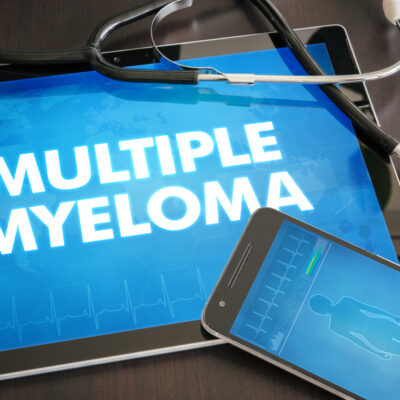
Treating breast cancer with chemotherapy
Chemotherapy is a treatment for breast cancer which uses drugs to target and destroy cancer cells. They are usually administered intravenously, or given as a pill. Chemotherapy is an anti-cancer treatment that uses one drug or a combination of them. They are released into the bloodstream and target cancer wherever it resides in the body.
Chemotherapy for breast cancer is often used in conjunction with other treatment methods, such as surgery, and hormone therapy. It may reduce the risk of breast cancer returning, increase the chance of a complete cure, reduce symptoms of breast cancer, and also improve the patient’s quality of life. In the case of cancer returning or spreading, chemotherapy may aid in controlling it.
Let’s look at when chemotherapy is administered for breast cancer in more detail:
Neo-adjuvant chemotherapy in early-stage breast cancer
Neo-adjuvant chemotherapy is administered before surgery as the oncologist may want to shrink the tumor before operating it. These are especially so in the case of large tumors. This type of chemotherapy may provide one’s surgeon with the best chance of removing the tumor as a whole. It may also help the surgeon retain the breast and remove only the tumor. Chemotherapy, in this case, may also reduce the extent of cancer in the lymph nodes, and a more invasive lymph node surgery can thus be avoided. Neoadjuvant chemotherapy is used in the case of HER2-positive breast cancer, larger tumors, triple negative breast cancer, and high-grade tumors.
Primary treatment for advanced breast cancer
The main goal of chemotherapy for patients with breast cancer is to improve the quality and length of the patient’s life. This is when cancer in the breast has metastasized and spread to other parts of the body. Surgery is no longer an option in such a case and chemotherapy is usually used in combination with targeted therapy.
Chemotherapy to reduce breast cancer risk
Preventive medication (called chemoprevention) is administered to women who have a high risk of getting breast cancer. Since this comes with a lot of side effects, oncologists usually reserve it for women who fall in the high-risk category alone. The medication includes estrogen-blocking medicines and aromatase inhibitors. It is advisable to discuss this with the doctor before beginning any treatment.
The doctor chooses an array of chemotherapy drugs to create a combination that is best suited for one’s grade and stage of cancer. The doctor will also determine the combination by looking at one’s medical history.
After the chemotherapy treatment is completed, an individual will have to come in for follow-up checkups, every 4–6 months initially. The visits become more infrequent the longer a patient remains cancer-free. The doctor monitors the effectiveness of the therapy in ensuring no relapse takes place. These visits also monitor the patient’s side effects, which may range from short term to long term. The doctor will also do a physical exam and a breast exam. Yearly mammograms are done as a followup. Other scans and tests are not necessary unless the doctor asks for them for a specific reason.


